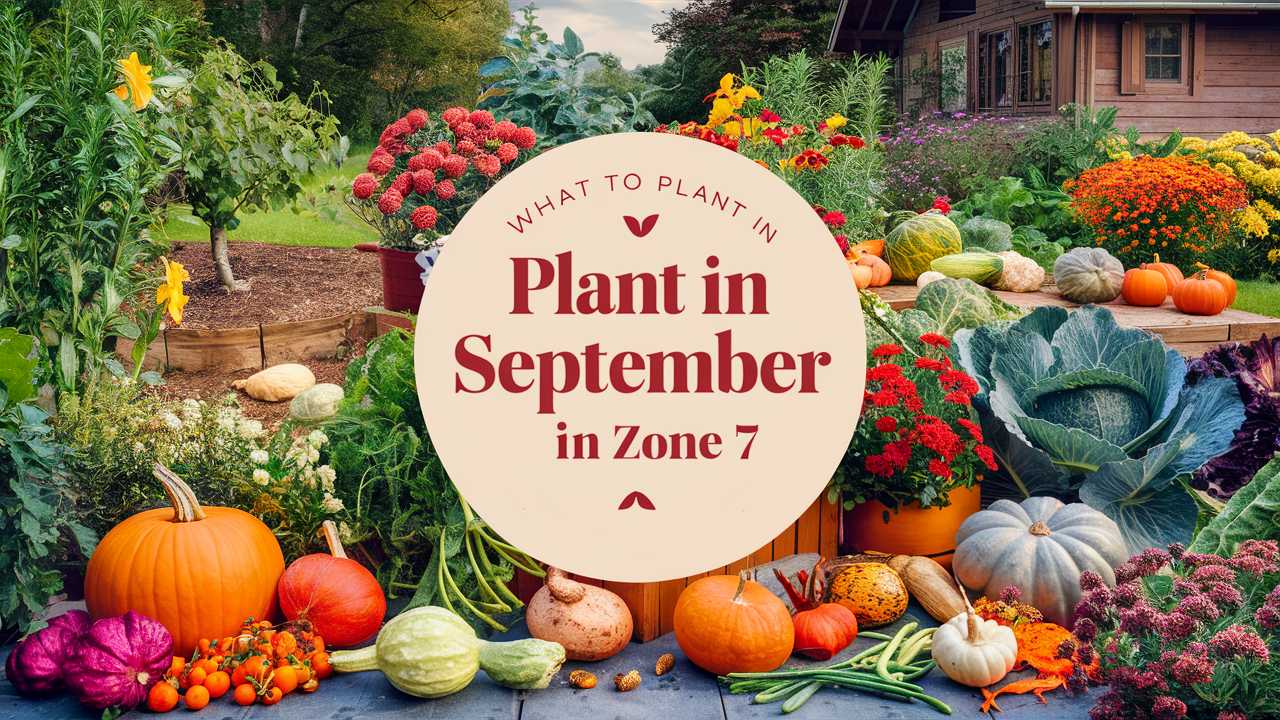If you’re gardening in USDA Zone 7, you’re fortunate to enjoy a moderately temperate climate with relatively mild winters and warm summers. September is a transitional month that brings the start of the fall planting season. With the right choices, you can set the stage for a bountiful autumn harvest or a beautiful late blooming garden.
Vegetables To Plant
September marks an ideal time to plant certain cold-tolerant vegetables. With the hazard of frost still a few weeks away, the following crops not only thrive in this season but will also offer a late harvest before winter sets in.
Kale
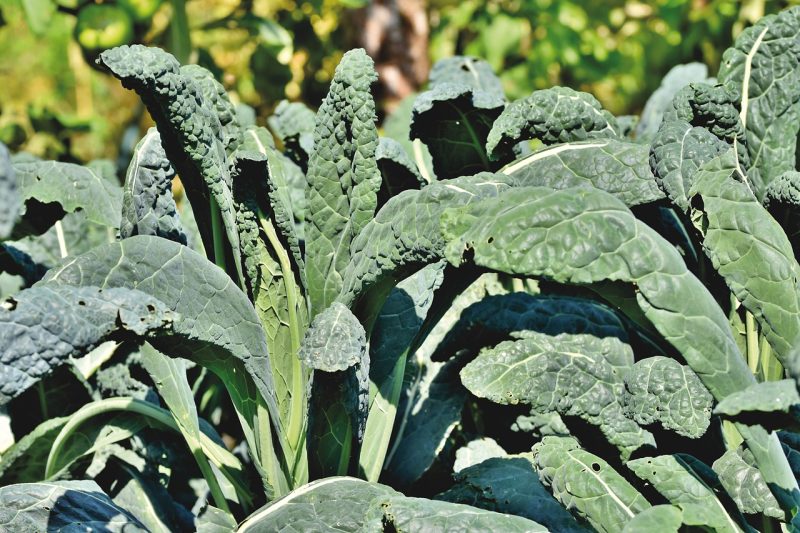
Kale is a cold-hardy green that thrives in cooler temperatures. Ideal planting times in Zone 7 are early to mid-September. Kale can withstand temperatures as low as 20°F (-6°C), making it highly suitable for fall gardening. It germinates quickly and can be harvested at various stages, after about 30 days for baby greens or 60 days for mature leaves. Additionally, frost can actually enhance kale’s flavor, making it sweeter and more palatable as the cold sets in.
Spinach

Spinach is another great choice for September planting in Zone 7. Sow seeds directly into well-draining soil approximately 1/2 inch deep. Germination occurs within 5 to 10 days, and spinach can tolerate temperatures down to 20°F (-6°C). Ideally, sow seeds early in September for a late fall harvest. Regular watering is essential, especially as the plants mature, to encourage robust leaf growth without bolting.
Radishes

Radishes are incredibly fast-growing and can be sown in late summer for an early fall harvest. In Zone 7, they can be direct-seeded right up until the first frost. Choose varieties like ‘Cherry Belle’ or ‘French Breakfast’ for a quick turnaround; they mature in about 25 to 30 days. Radishes prefer cooler temperatures and can tolerate light frosts, making them perfect for fall gardens.
Carrots

Late summer signifies the perfect time for planting carrots. Sow seeds in early to mid-September, approximately 1/4 inch deep. Carrots benefit from consistent moisture yet require well-drained soil to thrive. They are resilient, with tolerance down to about 20°F (-6°C). Harvest can start roughly 60 to 75 days after sowing, offering a sweet and crunchy addition to your fall meals.
Broccoli

Broccoli is another cold-hardy vegetable that can be sown or transplanted in late summer for an autumn harvest. Plant seedlings in mid-September for best results, as they typically require 100-150 days from seed to harvest. Broccoli thrives in temperatures between 60°F to 70°F (15°C to 21°C) but has tolerance facing light frosts, particularly when grown in a cold frame or garden cover.
Beets
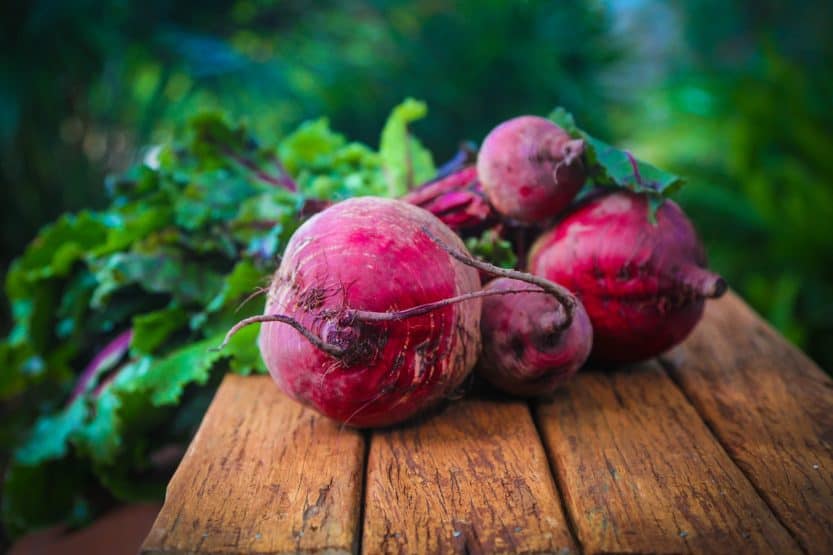
For vibrant roots and lush greens, beets are an excellent choice to plant in September. These veggies can be sown directly into the soil from early to mid-September and typically take about 50 to 70 days to mature. They are tolerant to cold temperatures and can handle frosts well, making them a resilient crop for fall gardens.
Swiss Chard

Swiss chard provides beautiful, edible foliage and is very easy to grow. In Zone 7, plant Swiss chard seeds directly into the ground as early as the last week of August or early September. Swiss chard is exceptionally tolerant of cold, enduring temperatures well into the 20s°F. It provides a continuous harvest all the way into late fall, as the leaves can be cut multiple times, ensuring ongoing production.
Turnips
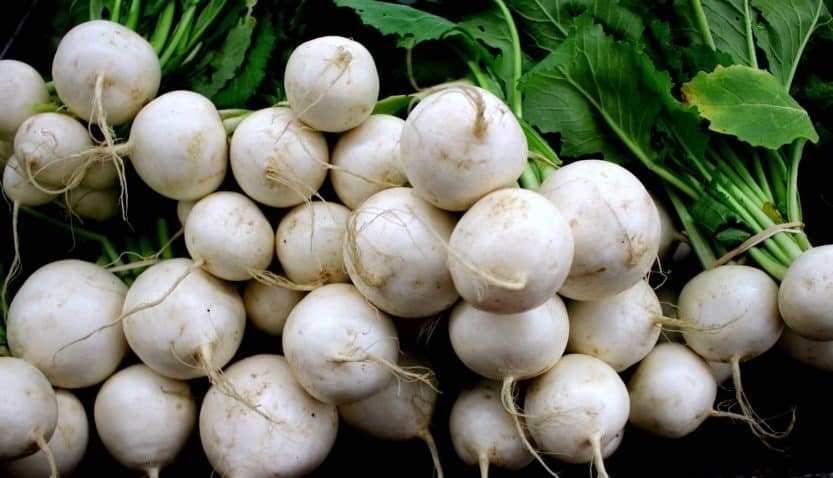
Sow turnip seeds directly into the soil in mid to late September for a dependable late fall harvest. Turnips grow quickly and reach maturity in about 45 to 60 days. They thrive in cooler weather and can withstand light frost, making them resilient and easy to grow in the fall. Not only are turnips nutritious, but both the roots and leafy greens can be harvested for your meals.
Mustard Greens
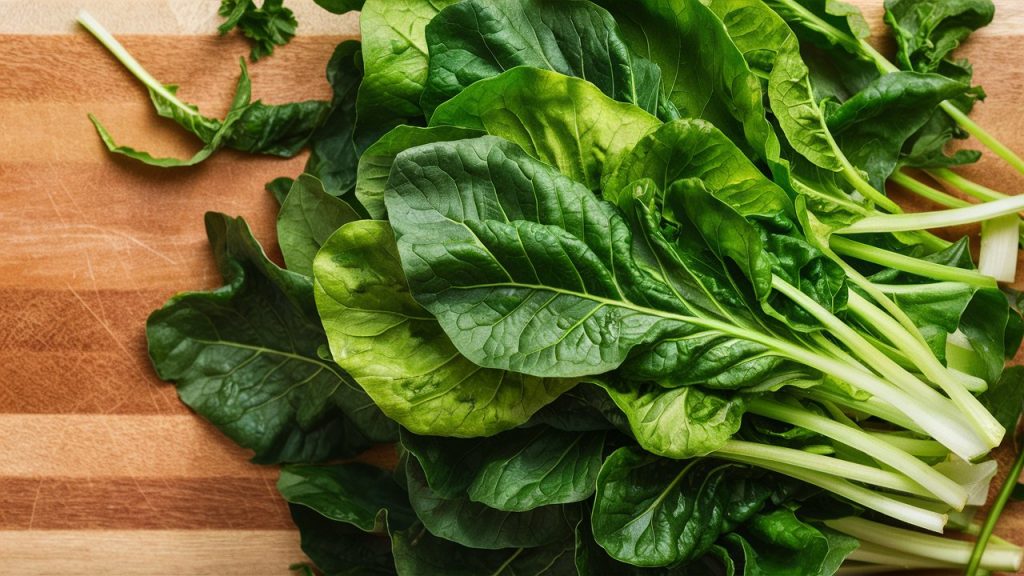
Rich in vitamins A, C, and K, mustard greens can be seeded in September, quickly sprouting in cooler weather. Plant directly in the ground about 1/2 inch deep. With a quick maturity time of 30 to 60 days, these greens thrive in temperatures ranging from 55°F to 75°F (13°C to 24°C) but can tolerate light frosts, adding a spicy kick to salads or stir-fries.
Garlic
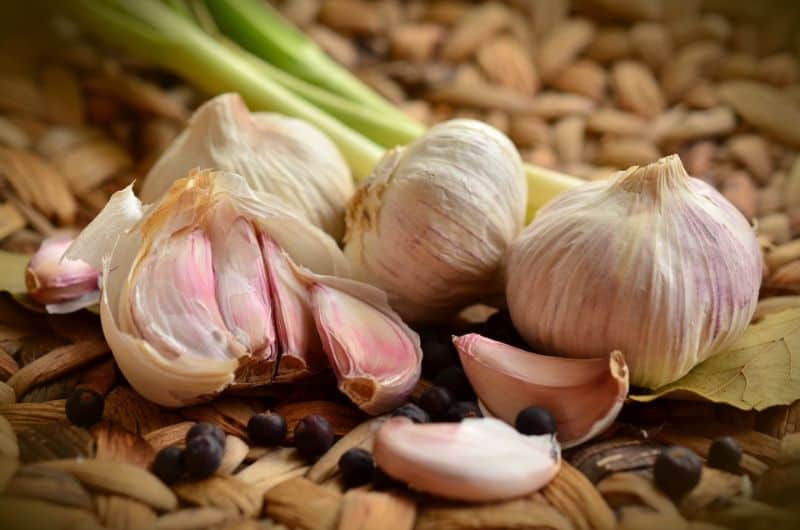
Though the ideal planting time for garlic is usually in the fall, planting it in September can provide an excellent head start for a rewarding spring harvest. Cloves should be planted approximately 2 inches deep in well-drained soil. Garlic is not frost-sensitive, and when planted in September, it has ample time to establish roots before winter.
Flowers To Plant
September is also an opportune time to plant various perennial and annual flowers that will bloom through the fall or prepare your garden beautifully for the coming spring. Here are some flowers to consider:
Asters
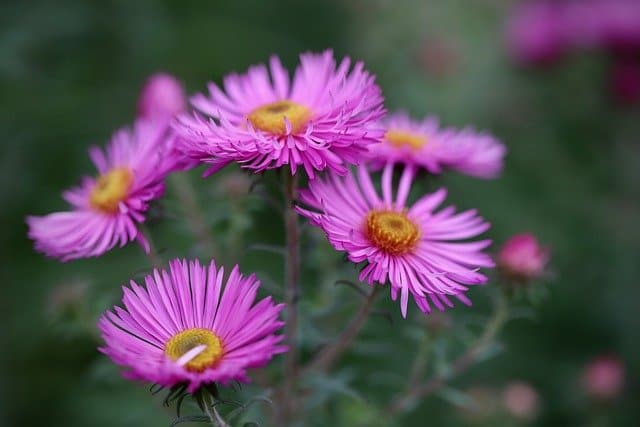
Asters are quintessential fall perennials celebrated for their vibrant colors. These bloom from late summer into fall and are perfect for planting in September, providing a burst of color as many summer flowers fade away. Asters thrive in well-drained soil and full sun, making them easy to maintain. Additionally, they attract butterflies, contributing to a bustling garden ecosystem.
Chrysanthemums

Chrysanthemums, or “mums,” are icons of autumn with their dazzling array of colors. Plant them in late summer or early September for best blooms in October and November. Mums prefer well-drained soils and sunny positions, so ensure they receive at least six hours of sunlight daily. Enjoy these hardy plants as they can tolerate a range of temperatures and thrive in Zone 7’s climate.
Pansies

Replenishing garden color during the cooler months is easy with pansies. Plant pansies in September for flowers that bloom through fall and even into spring. They thrive in mild temperatures and prefer well-drained soils. Known for their unique and vivid color patterns, pansies are versatile and can be used in containers, window boxes, or borders, adding charm to your landscape.
Sedum
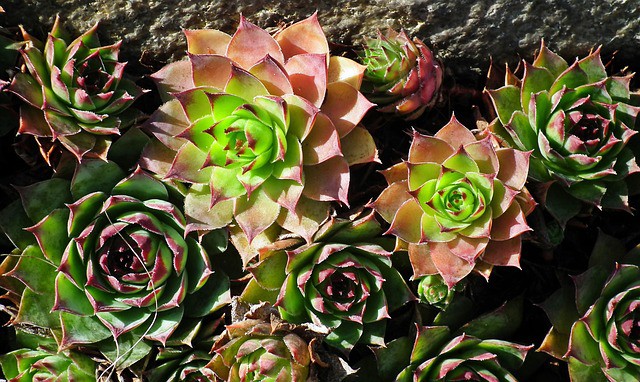
Sedum, or stonecrop, is a resilient succulent that performs beautifully in various conditions and blooms in late summer and fall. Plant these hardy perennials in September to ensure a flush of color throughout the cooler months. Sedum prefers well-drained soil and can thrive in poor soil conditions. They are low-maintenance and attract pollinators, enhancing your garden’s biodiversity.
Gaillardia
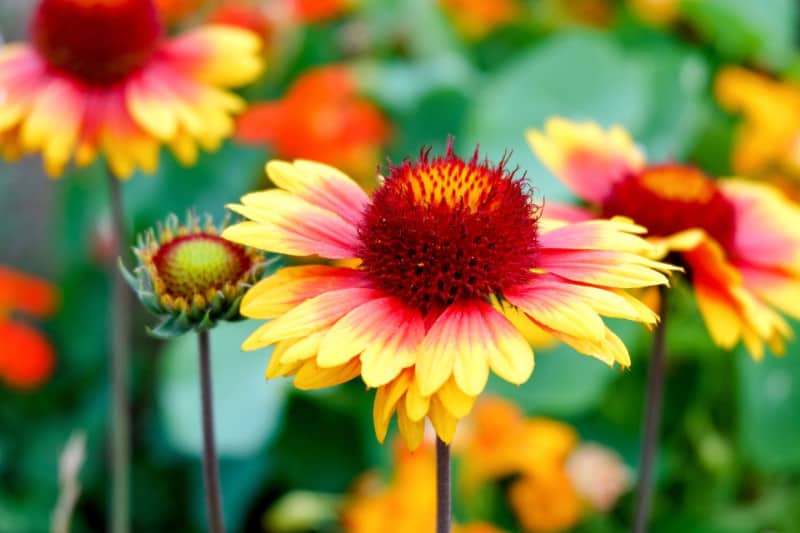
Also known as blanket flower, Gaillardia is a prolific bloomer that thrives in Zone 7. Plant in September to enjoy a sustained blooming season extending into fall. They are drought-resistant and prefer full sun and well-drained soil. Their vibrant, daisy-like flowers will add warmth and color to your fall garden, making them a great choice for both new and experienced gardeners.
Snapdragons
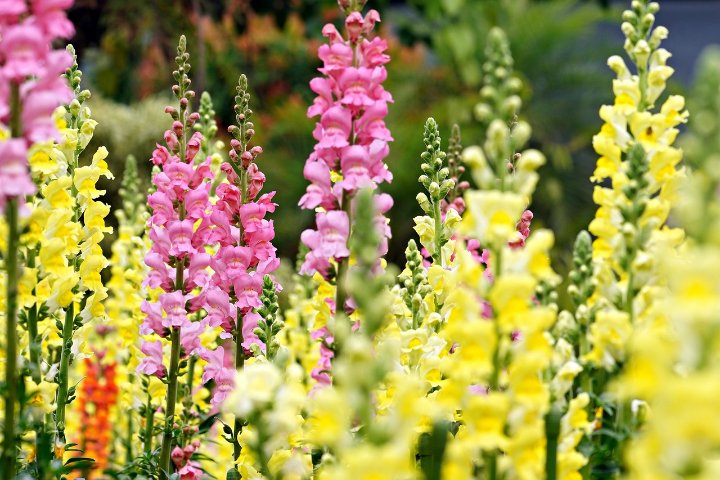
Snapdragons can be sown directly into the garden or started indoors and transplanted in September. These annuals will put on a spectacular display of vertical blossoms until the first hard frost. Snapdragons prefer fertile, well-drained soil and will thrive in cooler temperatures as long as they receive plenty of sunlight.
Alyssum
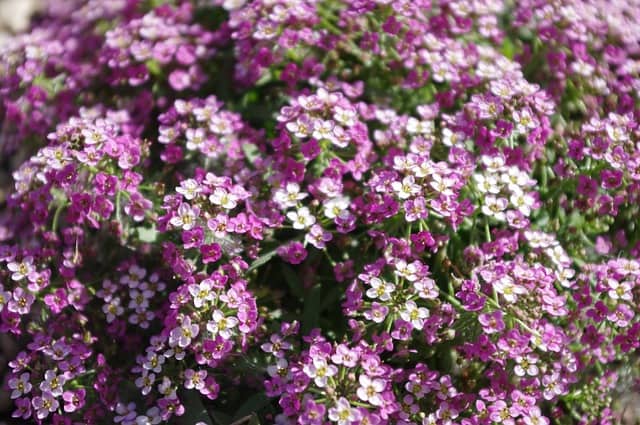
For a touch of delicate beauty, amend your garden with Alyssum. This flowering annual can be planted in September for a continuous display of small, fragrant flowers through the colder months. Preferring full sun with some drought resistance, Alyssum is perfect for borders or containers. This hardy flower gives a lovely scent to your garden, enhancing the gardening experience.
Coneflower
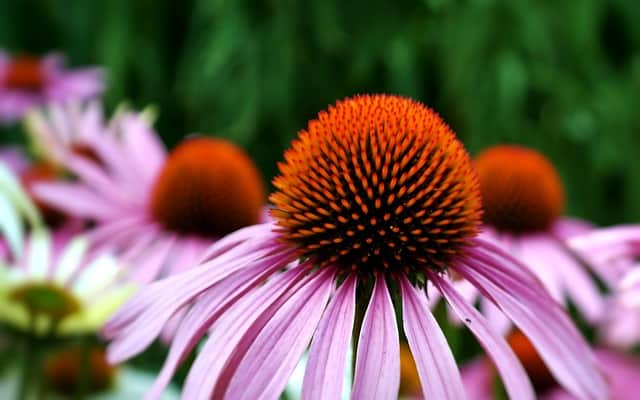
Coneflowers, or Echinacea, are another stunning perennial that flourishes well in fall conditions. With pollinator-attracting flowers that bloom until late fall, September is perfect for sowing seeds or planting seedlings. They thrive in sunny spots and well-drained soil, making them low-maintenance yet beautiful additions that overcome drought conditions.
Ornamental Cabbage
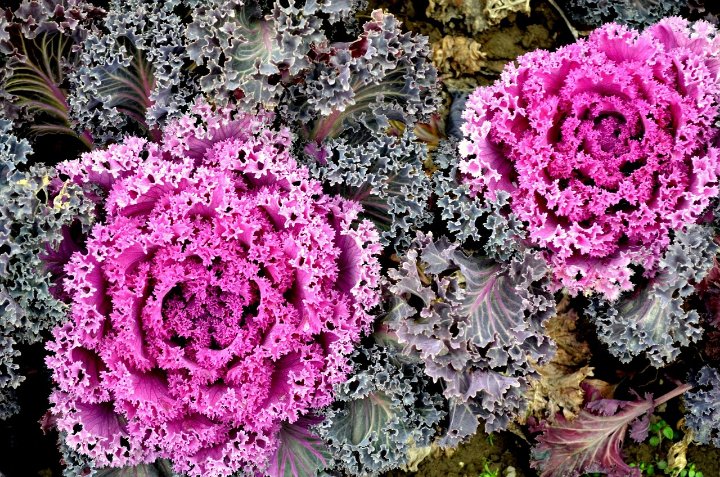
Ornamental cabbage adds unique textures and colors to fall gardens with their vibrant foliage that shifts beautifully with the seasons. Plant in September to enjoy their full glory through late fall and into winter. These cold-tolerant plants can handle frost and adapt well to most soil types, requiring only good drainage to thrive.
Herbs To Plant
September is also an ideal time for planting various herbs, which can thrive in both indoor and outdoor gardens. Here are some herbs to consider planting this month.
Cilantro

Cilantro prefers cooler temperatures, making September a fantastic time to plant it. Sow seeds directly in your garden bed about 1/4 inch deep and expect germination within 7 to 10 days. Cilantro grows best between 50°F and 75°F (10°C to 24°C) and while it can handle light frosts, it’s best to harvest them before extreme weather sets in. This herb is superb in various culinary applications, adding flavor to dishes.
Chives
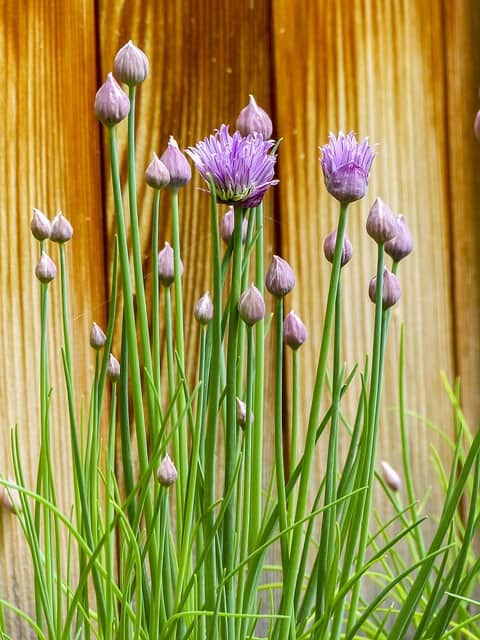
Chives are perennial herbs that can be planted this month. Easy to grow and maintain, they thrive in well-drained soil and can be started from seeds or divisions. Chives are cold-hardy and can tolerate temperatures down to 20°F (-6°C). This flavorful herb returns year after year, providing fresh greens for your table from spring until late fall.
Parsley

Parsley is a versatile herb that can be sown in September to develop strong roots before winter. It thrives in well-drained soil and full sun, although it can tolerate some shade as well. Parsley is quite hardy, surviving temperatures down to 20°F (-6°C). Expect to sow seeds directly into your garden, where they will grow robustly and provide culinary flavor throughout the cooler months.
Oregano

Oregano is another perennial spice thriving in well-draining soil and sunny spots. Planting in September allows the roots to establish before facing the cold. Oregano is drought-resistant and can handle moderate frost. You can harvest fresh leaves late into the fall, perfect for seasoning dishes or making herbal teas.
Thyme
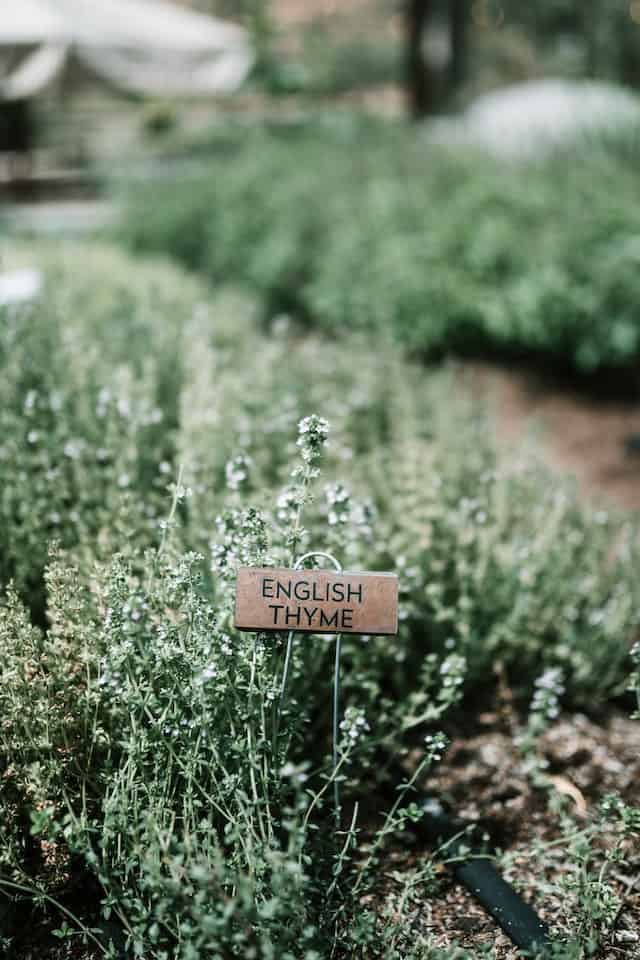
Thyme is a hardy perennial herb that can withstand the chill of autumn and will continue to produce through the winter in milder periods. Plant thyme in well-drained soil and ensure it gets plenty of sunlight. Once established, thyme is generally drought-tolerant and can attract pollinators to your garden.
Mint
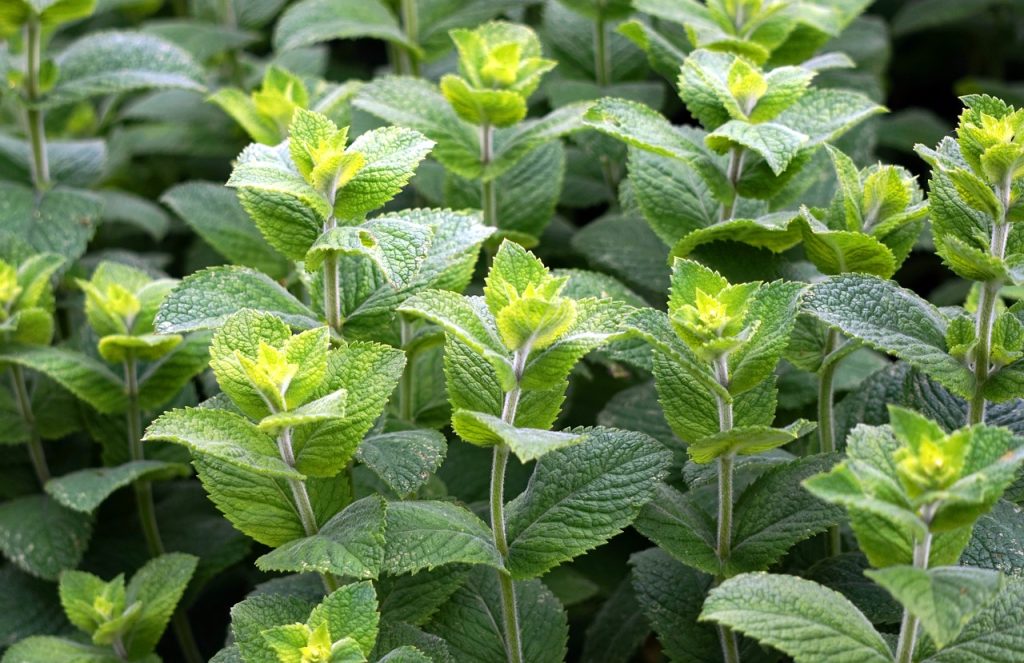
Mint can be planted in early September and is incredibly adaptable, thriving in a variety of conditions. While it prefers moist, well-drained soil, it can also grow in less-than-ideal conditions. Mint tends to spread vigorously, so consider planting it in containers if you want to control its growth. They’re hardy and tolerate frost, so you’ll have fresh mint for culinary uses even in late fall.
Sage

Sage is a perennial herb that thrives in sunny conditions. When planted in September, the roots will have enough time to strengthen before colder weather sets in. It can handle light frosts and is drought-tolerant once established. The culinary use of sage is plentiful, and its aromatic leaves enhance many savory dishes.
Dill
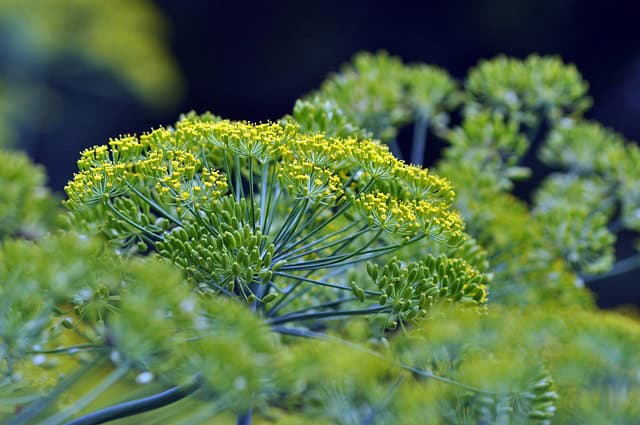
Dill can be grown in Zone 7, provided you plant it in September before the first hard frost. The plants thrive in full sun and well-drained soil, preferring conditions warmer than 60°F (16°C). Dill adds a unique flavor to dishes, especially pickled items, and can grow well alongside crops like cucumbers.
Lemon Balm
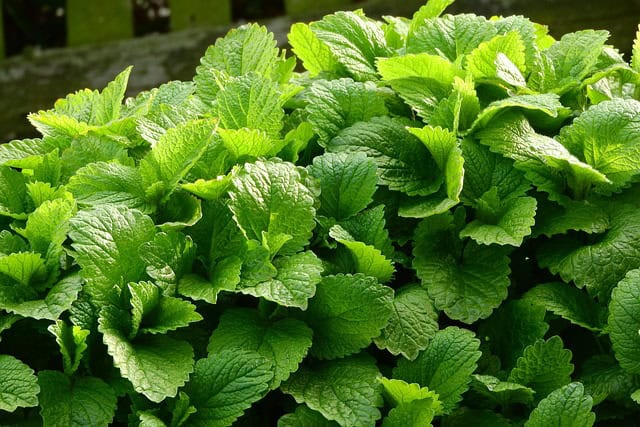
Lemon balm is another herb you can sow in September. It thrives in sunny or partially shaded conditions and is adaptable to various soil types. Encourage its growth through regular harvesting as it can attract beneficial insects like bees to your garden. Lemon balm also offers delightful culinary possibilities, from teas to garnishes.
Fennel
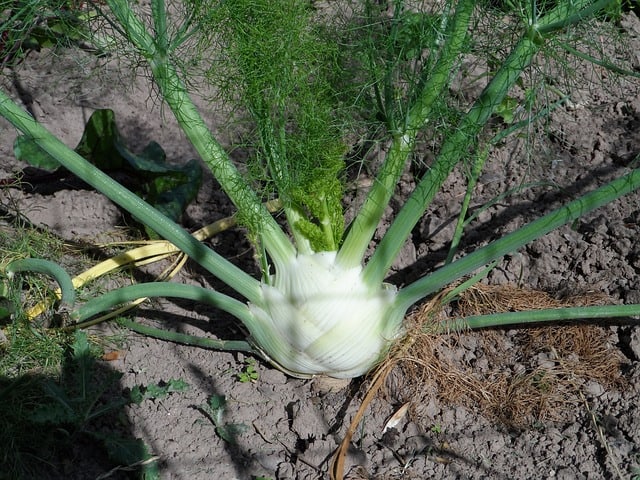
Fennel can be direct-seeded in mid-September and does well in well-drained soil with plenty of sunlight. It’s an easy herb to grow, mostly tolerant of cold weather. Fennel has culinary value, offering a unique flavor that enhances various dishes, including salads and seafood.
Landscape Plants To Plant
Beyond vegetables, flowers, and herbs, September is a timely month for planting landscape plants. Establishing these early allows them to develop strong root systems before winter arrives. Here are plants to cultivate now.
Japanese Maple

Japanese Maples are prized for their stunning foliage and elegance. September is an excellent time to transplant young trees, as they can settle in before winter. These trees thrive in well-drained soil and part to full sun. Their ornamental nature combined with their adaptable characteristics make them a wonderful addition to any landscape.
Ornamental Grasses
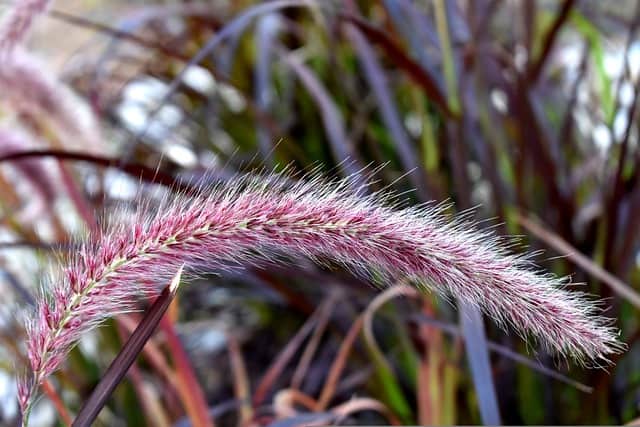
Planting ornamental grasses in September can enrich your landscape with texture and movement. Varieties like Miscanthus or Panicum are excellent options for color and structure in your garden. They thrive in full sun and well-drained soil. Once established, they are drought-tolerant and will create visual interest as they sway in the autumn breeze.
Dogwood Trees

Dogwood trees bloom in spring and provide beautiful hues in the fall. Planting them in September allows roots to settle into the ground before the onset of winter. These trees prefer well-drained soils and partial shade but can thrive in a variety of conditions. Their stunning flowers and character lend an undeniable elegance to gardens.
Perennial Sunflowers
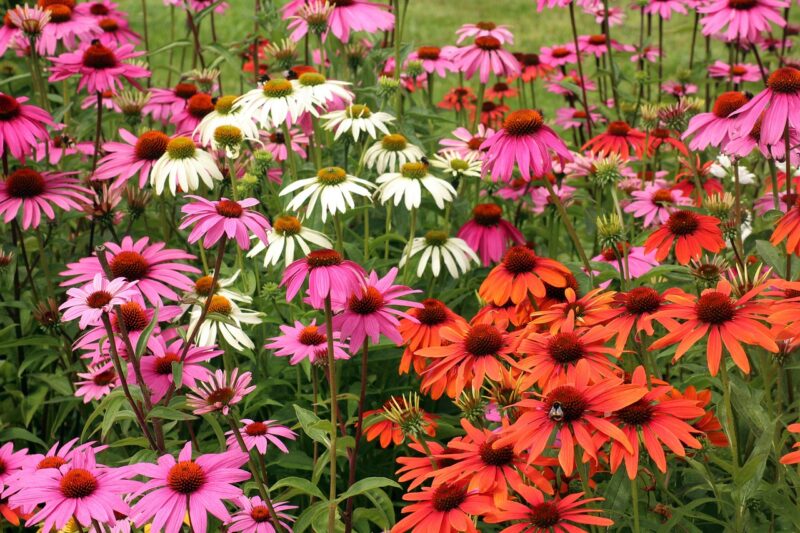
Perennial sunflowers are great late-season bloomers that can be planted in September. They thrive in well-drained soil and require full sun, ensuring they produce vibrant yellow flowers to brighten your fall landscape. Once established, they are also resilient and adapt well to various conditions, ensuring longevity and beauty in your garden.
Juniper

Planting Junipers in September allows them to root evenly before the winter chill arrives. These hardy evergreens are drought-tolerant and adapt well to poor soil conditions. They come in various heights and forms, providing versatility and evergreen beauty in your landscape design.
Buxus (Boxwood)
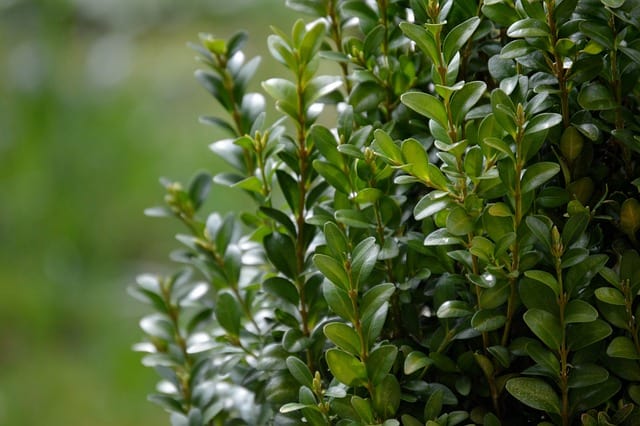
Boxwoods are excellent foundation plants and provide structure to any landscape design. Plant them in September for the best root establishment before the winter. These evergreens thrive in well-drained soils and can withstand a variety of conditions. Their dense, lush growth makes them ideal for hedges and accentuating garden designs.
Autumn Fire Sedum

The Autumn Fire variety of sedum combines beauty and hardiness, blooming late into the season with brilliant colors. Plant in a sunny location with well-drained soil in September, taking advantage of its drought-resistant nature. Its vibrant flowers add unique features to garden landscapes and attract pollinators well into fall.
Euonymus
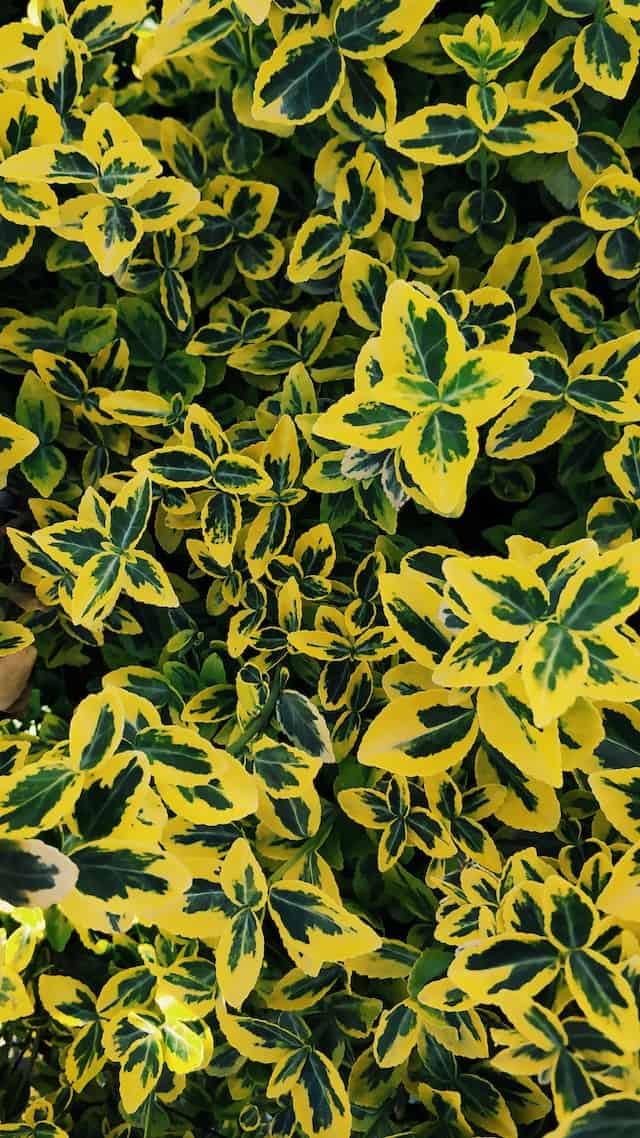
Euonymus, commonly known as burning bush, is a versatile shrub that provides colorful foliage. Suitable for all soil types, these deciduous shrubs can thrive in September planting. Their compact growth patterns make them ideal for borders or foundation plantings, and they offer a stunning color display in the fall.
Lavender
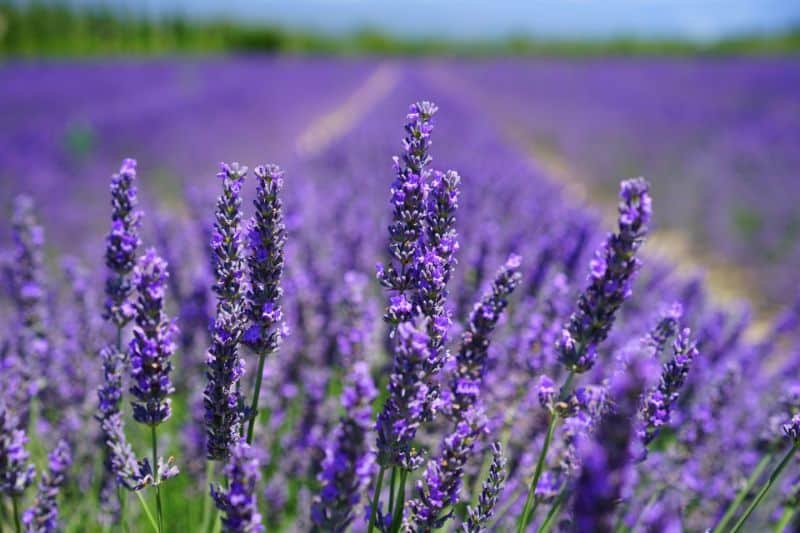
Finally, planting lavender in September is an option for those seeking both beauty and utility in their landscapes. Lavender thrives in well-drained soil with full sun exposure and has drought-tolerant qualities once established. Besides producing stunning purple flowers, the aromatic foliage attracts pollinators and adds a fragrant touch to garden borders.


